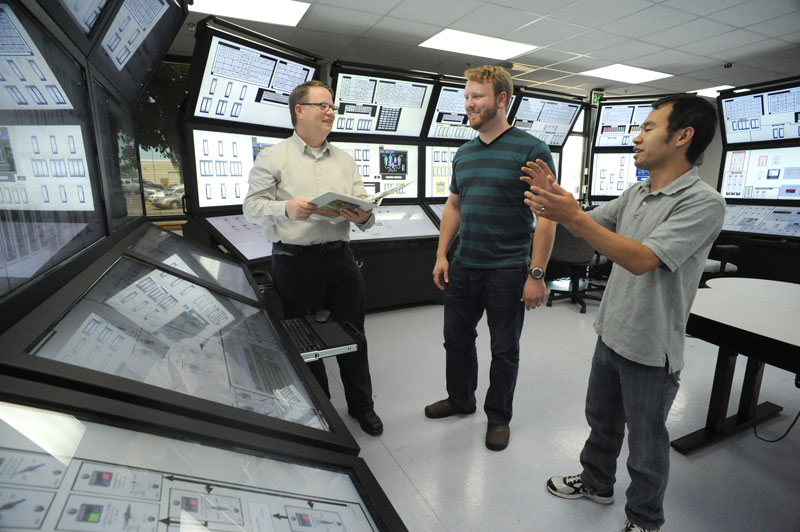Human Factors Human Factors is primarily concerned with the scientific facts about human capabilities and limitations and the application of that information to equipment, systems, facilities, procedures, jobs, environments, training, staffing, and personnel management for safe, comfortable, effective human performance. The practical application of these principles is found in a wide variety of industries, including energy, manufacturing, military, aerospace, transport, medicine, and many others. Human Factors is primarily concerned with the scientific facts about human capabilities and limitations and the application of that information to equipment, systems, facilities, procedures, jobs, environments, training, staffing, and personnel management for safe, comfortable, effective human performance. The practical application of these principles is found in a wide variety of industries, including energy, manufacturing, military, aerospace, transport, medicine, and many others. The main objective of the INL Human Factors group is to improve human and system performance in high-consequence, complex operational settings. The typical work of the group involves the identification, analysis and solution of problems where humans interact with technology. This work requires many different methods and techniques: Experimental Design, survey design, sampling, analysis and interpretation Analysis of the limits and requirements for human cognitive and physical work performance Modeling and simulation of human performance in a variety of work environments Field and laboratory assessment of human interaction with new systems and components, including prototyping & usability testing Development and demonstration of methods, measures and criteria for error-tolerant system design. Human Reliability Analysis methods application and development Cognitive work analysis and work domain analysis.
 The multi-disciplinary Human Factors group has an exemplary record of providing human factors research and development for the US Department of Energy, US Nuclear Regulatory Commission, NASA, Department of Transportation, and other agencies, since the 1980s. The group has also produced or contributed to hundreds of reports, including NUREG/CRs, NUREG/IAs, and other technical reports.Other activities include: The multi-disciplinary Human Factors group has an exemplary record of providing human factors research and development for the US Department of Energy, US Nuclear Regulatory Commission, NASA, Department of Transportation, and other agencies, since the 1980s. The group has also produced or contributed to hundreds of reports, including NUREG/CRs, NUREG/IAs, and other technical reports.Other activities include:
Original research, development and demonstration of advanced concepts in human-automation collaboration, including computer-based procedures and computer-based operator support systems for control centers. Visualization of concepts for Advanced Outage Control Centers Development and operation of the Human System Simulation Laboratory (HSSL). Development and operation of the Heavy Transportation Vehicle Simulator Laboratory
Completion of the installation of four plant simulators for generic human factors research, evaluation of system upgrades as part of the Control Room Modernization project Evaluation of HSI design concepts for hybrid and advanced digital control rooms Establish generalizable design guidance for human-system interaction and design criteria for overview displays, digital replacement panels, and advanced alarm systems. Investigation of human performance and issues related to the manual handling of fuel at the Advanced Test Reactor (ATR) and the Transient Reactor Test Facility (TREAT). Investigation of nuclear and industrial accidents with an emphasis on the human contribution to error. This includes: Intervention selection, design and implementation Organizational analysis Human performance corrective action training Metric development and monitoring Research, development and demonstration of an intelligent driver system to promote national fuel efficiency for the Department of Transportation, especially for buses and heavy vehicles. Delivery of HRA fundamentals course to the US NRC
Application of information on physical and psychological characteristics to the design of device and systems for human use.
|
Ron Boring Human Factors 208.526.0966 |


